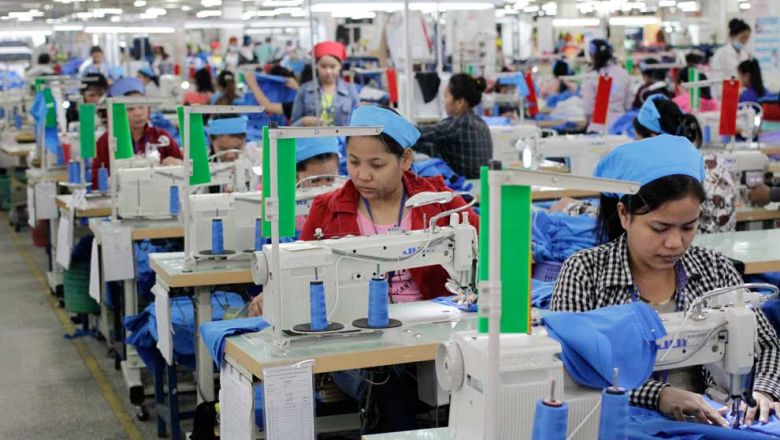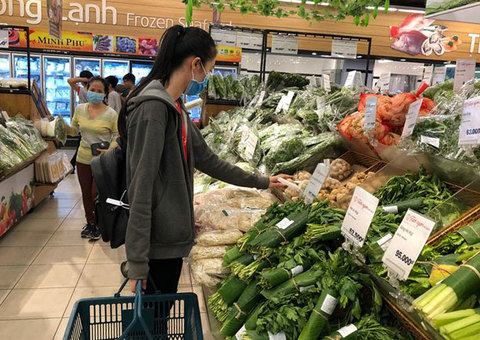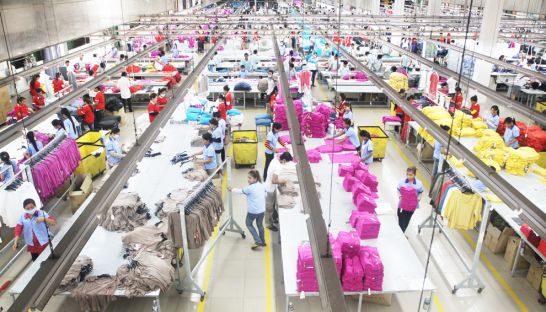Long-term plans for durian
Long-term plans for durian
Though an occasional mango or pineapple can be spotted on Eung Uy Kheam’s sleepy farm in Kampot province, it’s the 130 durian trees that the fourth-generation farmer calls his cash crop.
“Kampot durian is famous for its soft flesh and its sweetness,” Kheam says, sneaking under a tree’s leafy umbrella and gesturing upwards at the highest branches, towards a ripening fruit.
“I invest in a durian plantation because I see the long-term revenues,” he said. “Durian is the king of fruits. Everyone knows the Kampot durian.”
The government thinks the same way.
In Kampot, on Cambodia’s southwest coast, a pilot project led by the provincial Department of Agriculture is helping farmers in 10 villages use more advanced growing techniques. As part of the project, farmers hope to form a promotion association, similar to the one that exists for Kampot pepper.
Officials at the Commerce and Agriculture ministries are also encouraging growers to come together and help Kampot durian gain the World Trade Organization’s proof of origin status, which will help set it apart from international competitors.
The WTO’s proof of origin, called Geographical Indication (GI), shows buyers and consumers that a product is distinct and that it hails from a specific place. More than anything, GI status helps the brand. Kampot pepper gained the distinction in 2010, and exports have risen ever since.
Producers of GI products must adhere to specific growing methods in order to maintain the status that often achieves a higher price on the market than those without certification.
In Southeast Asia, durians abound, recognisable by their spiky exterior and bulbous shape. The fruit are in demand for their sweet taste, though pickier eaters can be taken aback by the pungent smell.
Kampot durians, which are prized on the local market and can go for about $3 per kilogram, already fetch a higher price than those imported from neighbouring Thailand and Vietnam. But there are concerns among producers and the government that imported durians are being passed off as Cambodian and diluting the perceived quality of the Kampot-grown fruit.
“In order to protect the reputation of Kampot durian and to encourage the Kampot durian producers, we need to take an action now to protect and promote it,” Ken Ratha, spokesman for the Ministry of Commerce, said in an email, referring to the proof of origin push.
In 2012, durian was grown across 825 hectares in Kampot province. A shortage of supply to meet local demand has seen that cultivated land increase to some 990 hectares in 2013. But even with additional local production, shortages occur, and gaps are filled by regional imports.
While achieving GI status for Kampot pepper has helped it gain ground in European export markets, the government, employing a different strategy for durian, wants sales to ramp up locally.
“It would be interesting and complimentary because it would promote the concept of GI among Cambodians for a product that is very popular among Khmer people,” said Florian Mugnier, project officer at the French Development Agency, whose organisation helped the government establish the framework for GI certification. According to Mugnier, Cambodians are willing to pay the additional premium for a status upgrade if they know where the fruit comes from.
But obtaining the treasured certification can be a long process. Once an association of producers is formed, defining characteristics must be agreed on and a set of stringent rules established to ensure the fruit is cultivated a certain way and within a specific area. As one of the final steps, an external body must then step in to certify the quality.
phnompenh post
















